Exclusive: 8 (literally) hidden features of the iPhone 16 and iPhone 16 Pro, with Apple’s Vice President of Product Design for iPhone
It’s what’s on the inside that counts, right?

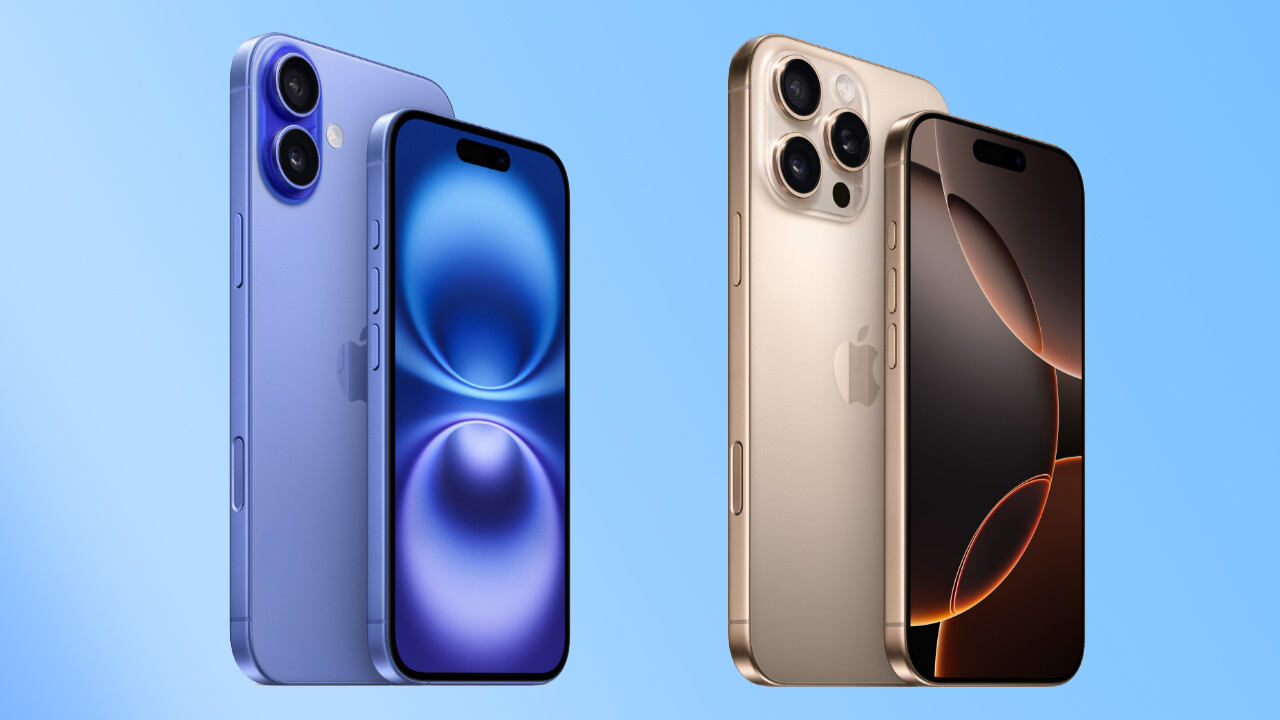
The iPhone has long been the tech equivalent of a contortionist squeezing every important individual limb into a finely-crafted glass bottle.
It’s your camera. It’s your games console. It’s your personal telly and handheld jukebox, and now it’s also your whole-life organiser thanks to the Apple Intelligence AI features squeezed into its frame. And, obviously, it's your phone, too.
But the iPhone 16 and iPhone 16 Pro have more to squeeze into their svelte frames than ever before — and the changes aren’t skin (or screen) deep. Much of this year’s innovation is under the hood, physics-defying tweaks that you’ll never actually see for yourself on this side of the production line.
Making sure it all fits, works and actively improves on last year’s best-ever iPhone on an annual basis is Richard Dinh, Vice President of Product Design for iPhone, and his team.
“If you've ever looked inside an iPhone then you’ll be familiar with the fact that every little intricate detail of the space inside the product is given a lot of care and consideration,” says Dinh as he sits down for a chat with Shortlist to discuss the hidden inner workings of this year’s range.
“There's not a recipe for how we [build iPhone], so our approach takes into consideration some of the technology advancements that we know are available from different teams at Apple. It also takes into account what we're trying to prioritise. If we have goals for efficiency that year versus performance, battery life, changes in durability that we're trying to hit — those all are weighed against each other. And as a collective team, we know that not everything can get more space without someone innovating, or a group of people innovating.”
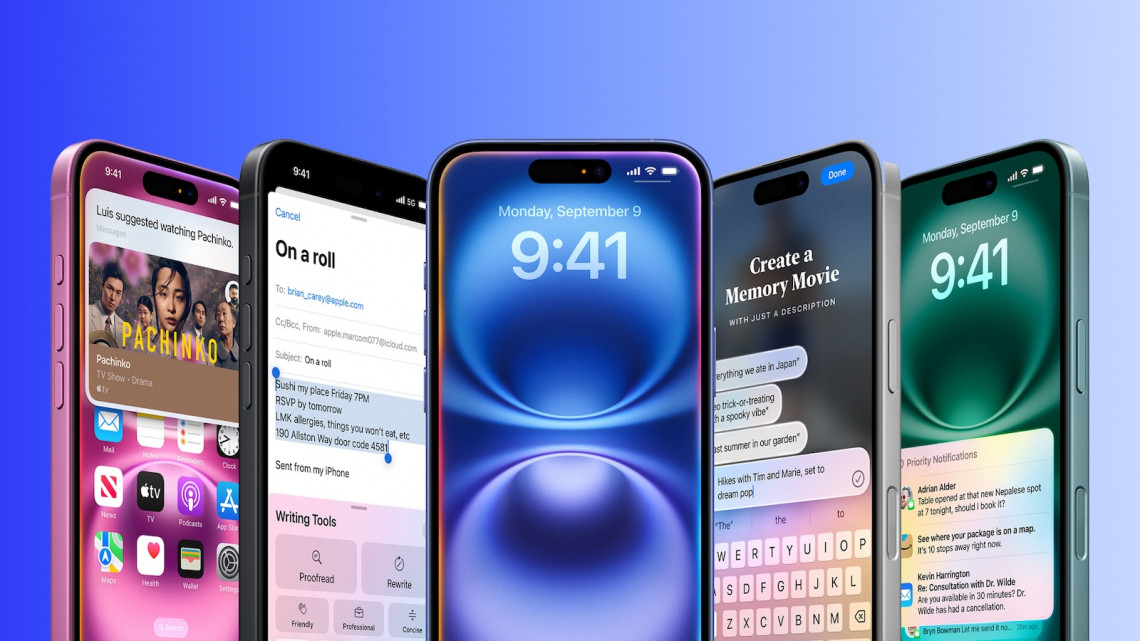
It’s the bleeding-edge work of those multiple teams that makes iPhone so coveted each year — and ego is left at the door as talented teams collaborate to get each new innovation over the finishing line.
Get exclusive shortlists, celebrity interviews and the best deals on the products you care about, straight to your inbox.
“The magic of Apple is we have a great debate culture where we really, really discuss what we're trying to deliver to the customer,” says Dinh. “I think one of the most important things is not ending up in a position where we have everybody improving a little bit, but with nothing really significant that customers can really gain from the experience. And so that North Star of the customer experience really drives how we make decisions — it's less about which team wins.”
The winner each year then should be the iPhone owner. And though it may be an attractive external feature that draws their eye, often it’s the tiny changes inside the device that make new advancements possible.
Here are 8 hidden features that make this year’s iPhone 16 and iPhone 16 Pro so powerful — as walked through by Richard himself, along with never-before seen shots inside the devices themselves.
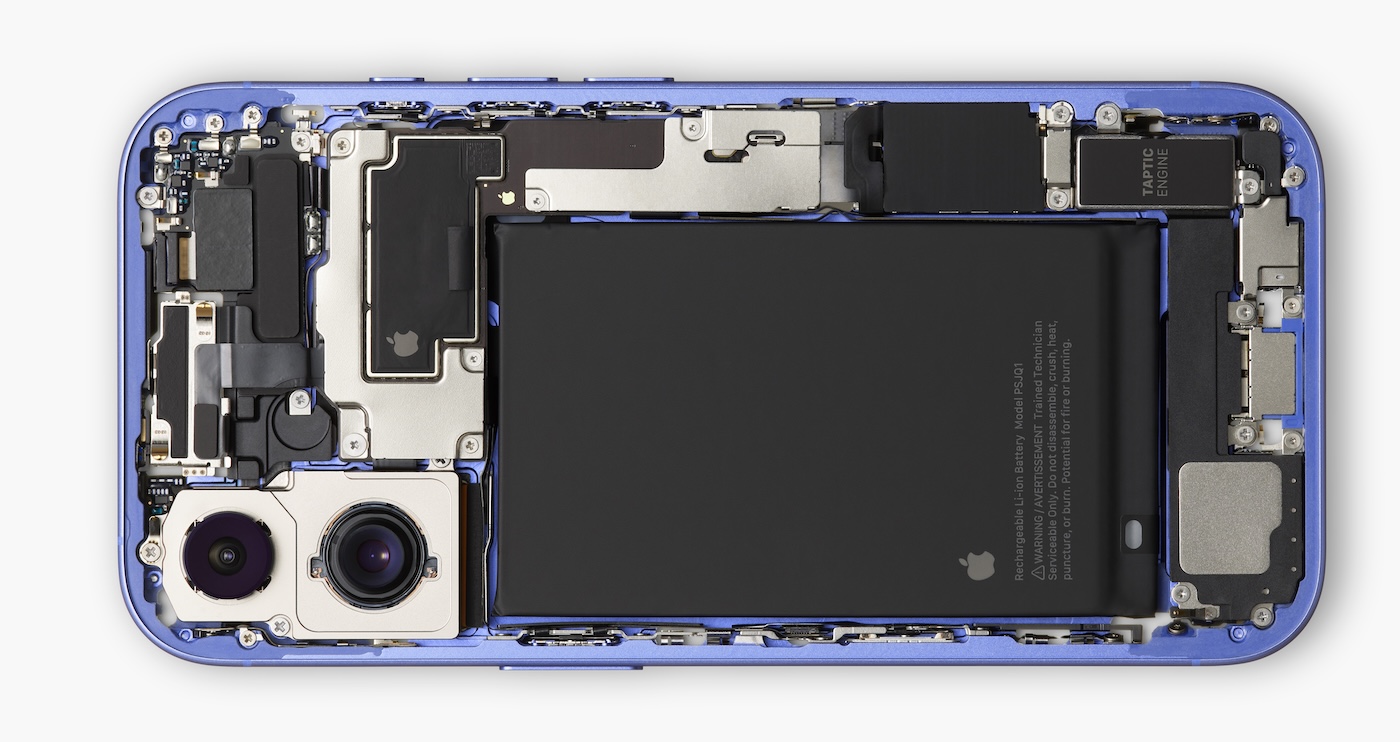
1. Mimicking human vision for iPhone 16 cameras
Spatial photos and videos are a key element of the Apple Vision Pro headset — 3D, lifelike video and still images that capture depth to help you relive important moments in Apple’s head-mounted computer. But to capture them without the headset on, you’ll need a camera that can capture footage in a similar way to how your eyes see the world — and it takes some smart design to squeeze that into a shell as tight as the iPhone 16’s.
“One of the first things you'll notice has got to be the return of that vertical camera design detail,” says Dinh.
“There's really a harmony to how we design that you don't always immediately see, but hopefully you can feel when you pick up the device and you use it. This whole idea started with the experience of capture, and we wanted to bring powerful new experiences like spatial photo and video recording to more customers.
“But to do this, the fusion of the ultra wide camera really needs to be repositioned in an arrangement that kind of mimics human binocular vision. Making that change also ultimately improves power efficiency as well for almost any camera experience that utilises depth data or spatial fields, because with those cameras better aligned in the typical portrait landscape orientation, we're doing less of that computational horsepower, and we're really putting that energy back into the experience.”
2. Bigger battery — same size iPhone
Everyone wants an iPhone that lasts longer between charges, right? But how many of you want that at the expense of a bulkier phone? Not many hands shoot up for that trade off. But Apple’s iPhone design team made some smart tweaks to allow for a more capacious battery component to be squeezed in.
“The main logic board uses new materials, better components, and even new and advanced manufacturing processes to improve the packing density,” explains Dinh.
“That means we can also reduce the footprint of the board adjacent to the battery. This gives us the space to widen the battery.
“Now, increasing the battery width isn't as straightforward as it seems. We're considering a host of interrelated dependencies, like performance, power efficiency, durability and repair, and these lead to innovations like the more spatially efficient Taptic Engine [Apple’s tech that offers haptic feedback]. It gives us that same incredible experience that we think is the magic behind using iOS, but it's in a more efficient and compact form factor.”
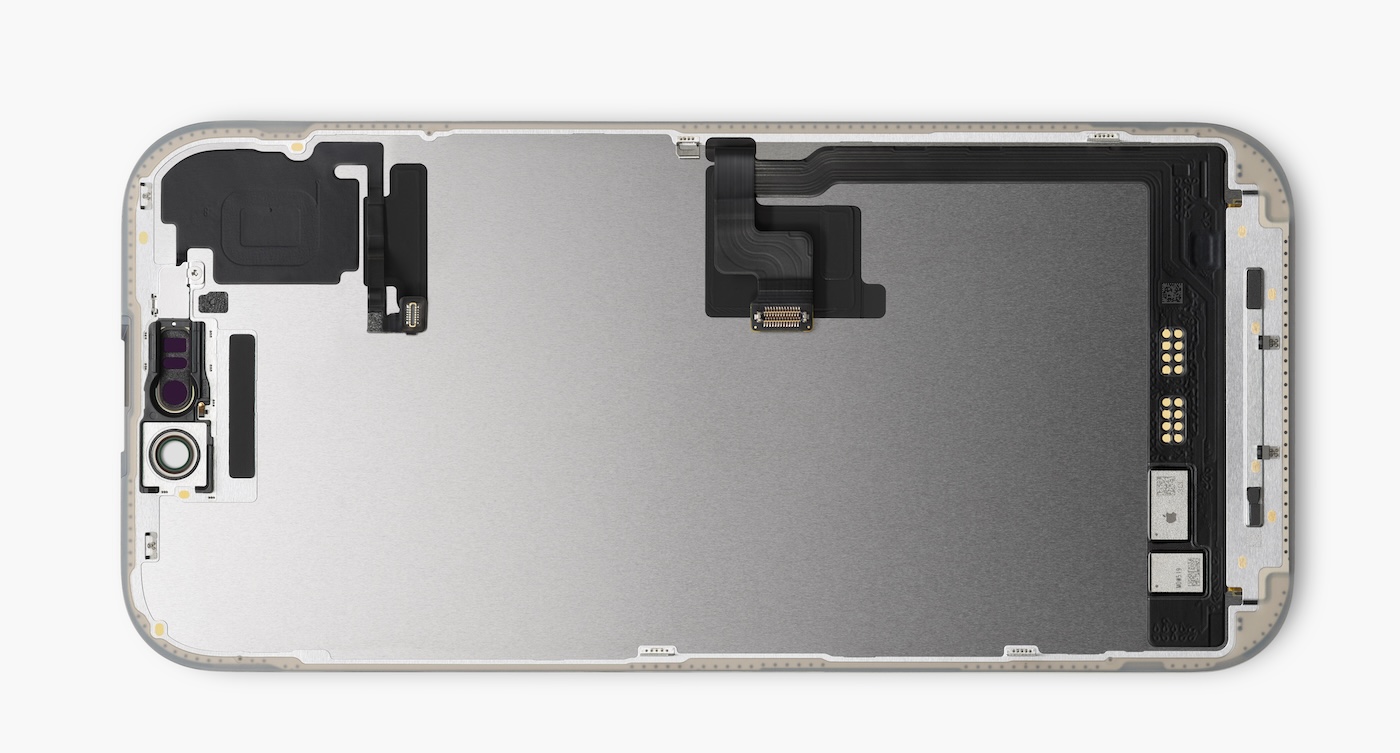
3. Bigger screens, invisible display tech
For the new iPhone 16 Pro models, Apple changed screen tech to accommodate “new, larger, 6.3-inch and 6.9-inch ProMotion displays,” without “growing the product significantly” says Dinh.
But that’s not just a matter of slapping a bigger piece of glass on the front and hoping for the best — the components underneath have to be reimagined to maxmimise the greatest useable touchscreen space possible.
“What you can't really see is the brand-new technology that's inside the display,” says Dinh.
“It's kind of something that's invisible inside the display that made this possible. It's a brand new technology that allows us to route the traces that drive each and every pixel of the display through the active area of the display. So it's running through the area that you're looking at. And by doing that, it means we no longer have to run it around the perimeter of the display, and it gives us back that space to the active area.”
In simple terms? Apple’s new screen tech allows it to make more of the visible front space of the display, which would otherwise be hidden under bezel edging, usable.
“So we can get those really thin borders, and we can get a larger display,” continues Dinh.
“And then what we do is we take that old display and we ‘insert mold’ it with a new polymeric frame that protects it and enables those thin borders, while remaining water resistant, durable and repairable.
“In doing that, it also allows us to have those beautiful splined corners that I think are so lovely to use and to hold in your hand as well. Those thin borders, one of the things I think customers really will love is they kind of just melt away when you're using the display, and that round spline shape really gives way to that iOS experience.”
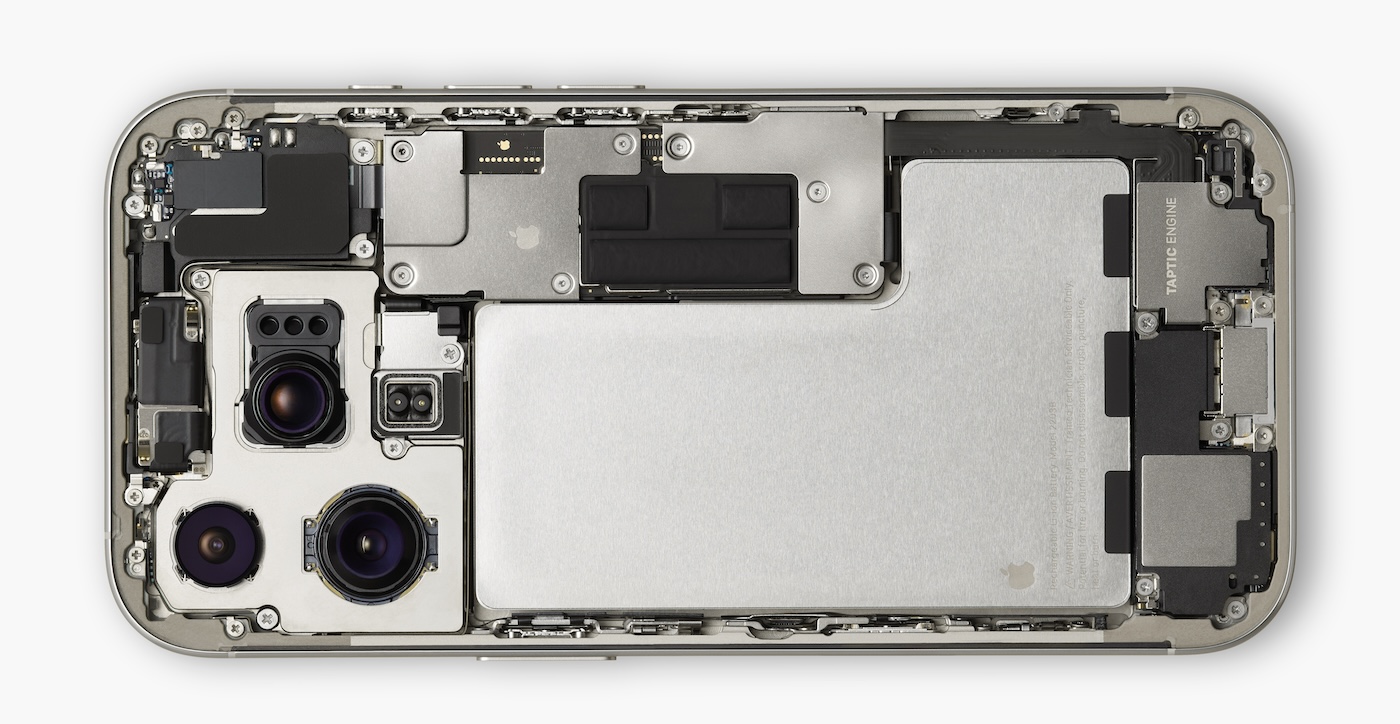
4. Super-zoom camera meets super-svelte logic board
If you’ve ever wondered how wildlife photographers get so up close and personal with their ferocious subjects without turning into a meal deal snack for a lion, it’s often down to their incredible long-lens equipment. These have traditionally been giant pieces of kit — glass-packed tubes to magnify a subject from a distance. Apple has managed a similar achievement with a 5x telephoto in its 16 Pro line up — a wild feat of miniaturisation in itself, but even more impressive given the rebalancing of internal components to accommodate it.
“I think the 5x telephoto camera in the iPhone Pro is such a huge win for customers that enjoy that smaller form factor,” enthuses Dinh.
“The 5x telephoto camera, even with its compact Tetraprism design [A folded glass component beneath the lens that reflects light rays four times, leading to greater zoom levels without impacting image quality — ed.] is still larger than the 3x telephoto that we use in iPhone 15 Pro. So we've had to take some big architectural design updates to make room for that.”
“The area around the 3x tele in iPhone 15 Pro was already really densely packed, and to enable the new 5x tele to be integrated, we also had to start with the logic board. With the advancements we talked about a little bit earlier, with the manufacturing processes, more efficient components and new materials, the main logic board actually is a little bit more compact and more dense than previously with iPhone 15 Pro. That allows it to give space back to the upper speaker, and by decoupling some of the antenna components from the board onto the upper speaker and redesigning that upper speaker to be a little bit narrower, it gives enough space for the 5x tele to slip comfortably into that remaining space.”
5. Studio quality microphones in a pocketable-package
“Another big innovation is the studio quality mics that we brought to the Pros,” says Dinh, discussing how Apple has essentially turned the latest iPhone’s into a musician’s portable demo station. But (and you might be seeing a pattern emerge here), to get such definition in an audio recording once required bulky discrete mic equipment. Apple had to isolate, and eliminate many distorting factors discrete equipment doesn’t have to do battle with to make this work.
“To deliver this level of noise floor while maintaining dust and water resistance protection for any device is a super tough task,” admits Dinh.
“In iPhone 16 Pro and Pro Max, the studio quality mics feature a specially designed internal microphone membrane that preserves that sound quality down to the finest detail while enabling that water resistance. So it's not only challenging to manufacture, but minimising that size meant we had to work together with the acoustics team, the antenna team, electrical noise and vibration teams all together as we're really building that subsystem.
“That also means that lower noise floor from that microphone can pick up any type of noise being dissipated from radio frequency systems, signal processing systems, acoustics — even camera actuation can can generate that low level noise — and all of those things need to be taken into consideration when you're trying to bring a feature like this to customers. But the outcome for the Pro users is the ability to record sound in a way never possible on any iPhone, let alone, I think, any mobile phone.”
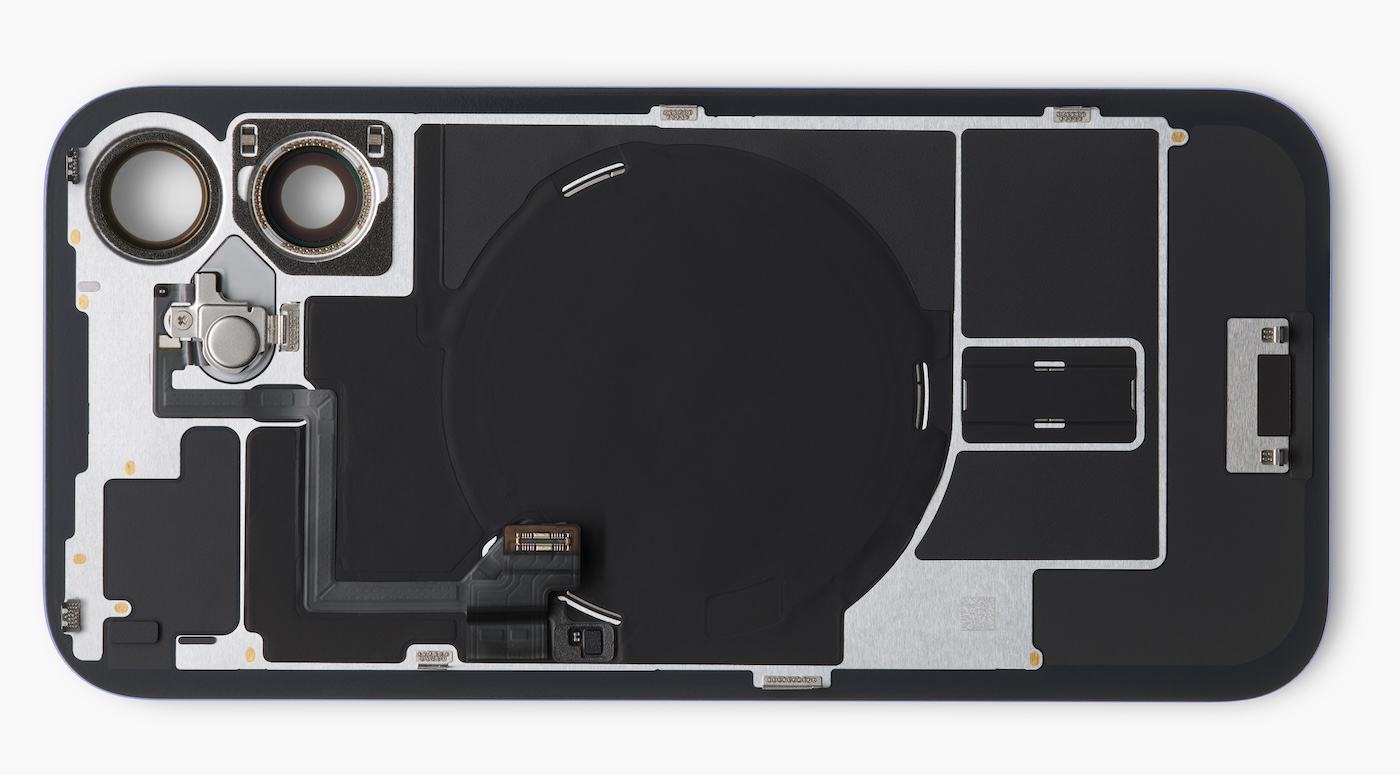
6. Hot new Apple Intelligence software, cool thermal control
We expect our iPhone’s to pull off ever-more impressive computing feats — whether that’s running razzle-dazzle gaming apps, or stepping into the future with new artificial intelligence functionality. But these intensive tasks need powerful chips to work, and the more demanding a task, the more heat those chips generate. To stop the new iPhones becoming very expensive toasters, Apple had to rethink how it keeps its handsets cool.
“The whole iPhone 16 lineup is designed for intensive tasks like Apple Intelligence, and a big part of that is the updated thermal design for the system for better sustained performance,” explains Dinh.
“With the new central location for the A18 chip and power management unit, you have a better starting point for heat dissipation in the system. It's more uniform across the product and together with an added graphite clad substructure behind the backglass together that delivers up to a 30% improvement in higher sustained performance.
“If we switch over to the Pros, we maximise thermal performance with the new extruded and precision-milled chassis, made of 100% recycled aluminium, which is laser welded to the titanium-clad frame around the perimeter. It also features the same graphite-clad substructure as the iPhone 16. And the two together enable an architecture that delivers up to a 20% improved sustained performance. Now this is super crucial for enabling on-device features like Apple intelligence, but also high performance gaming.”
It’s a culmination of efforts from teams right across Apple, reveals Dinh.
“The amount of heat that you feel on the device is a function, not only of that design, but how efficient the chip is, how efficient the software is running, then any additional thermal management that we do to make sure the experience of using it is really great.
“In iPhone 14, we introduced a new architecture, the central structural subframe made of aerospace grade aluminium. With iPhone16 we’re on the third generation of that architecture, and we've introduced refinements like the volumetric efficiency we talked about earlier, as well as the thermal enhancements. But we're also bringing that new architecture to iPhone 16 Pro for the first time, and we have new manufacturing processes to efficiently join that heat spreading plane to the titanium clad frame together, while reducing the material ratio of titanium to help with thermals and mass as well. And as workloads increase, the new design has even more uniform temperature distribution, which means iPhone 16 Pro is going to feel cooler when you're really pushing it. And as with iPhone 16, the design enables improved repairability as well, giving more direct access to the components through the back glass.”
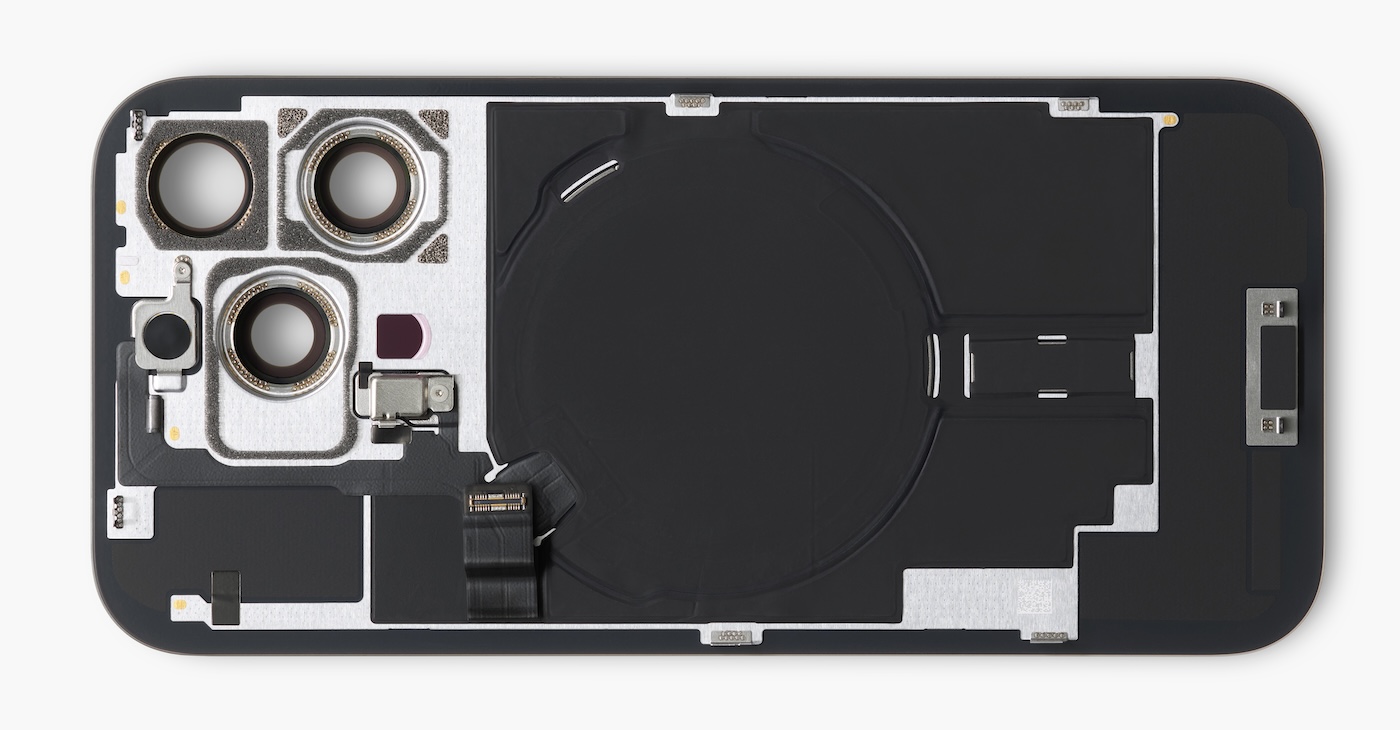
7. Battery x chemistry changes = more juice per charge
You can make a battery bigger to improve the time spent between charges, as we’ve already seen. But what about making the science behind the battery more efficient? Apple took another look at the chemistry that makes rechargeable batteries work, and discovered more juice could be eked out, per charge. As well as that, smarter onboard software now knows when to ease up on processing requirements, to make sure battery drain is managed as efficiently as possible.
“The most important part about battery life when we design the products is, again, how we think of hardware and software working together. And so to start with hardware, we added battery capacity by increasing the volume of the battery and advancements in battery chemistry to help increase the energy density of the battery as well,” reveals Dinh.
“With the iPhone 16 Pro, and the new larger, 5x tele camera, we needed to push the battery even further to enable this. The battery for iPhone 16 Pro features a new cell design encased in metal, and that metal enclosure gives us a more precise battery design, meaning that we can pack even more active material into the battery. It gives us higher energy density. To enhance that performance and battery longevity, the new Pros also feature an advanced power management system. So for example, it has contextual policies to help prioritise workloads when you're using the phone and then prioritise charging when you're not. And it can also intelligently predict if you need to prioritise charging, like when you may be at the airport.
“This is the product of hardware, software and silicon design all coming together to deliver that big leap in battery life across the iPhone 16 lineup. The iPhone 16 Pro Max has our best battery life ever in any iPhone.”
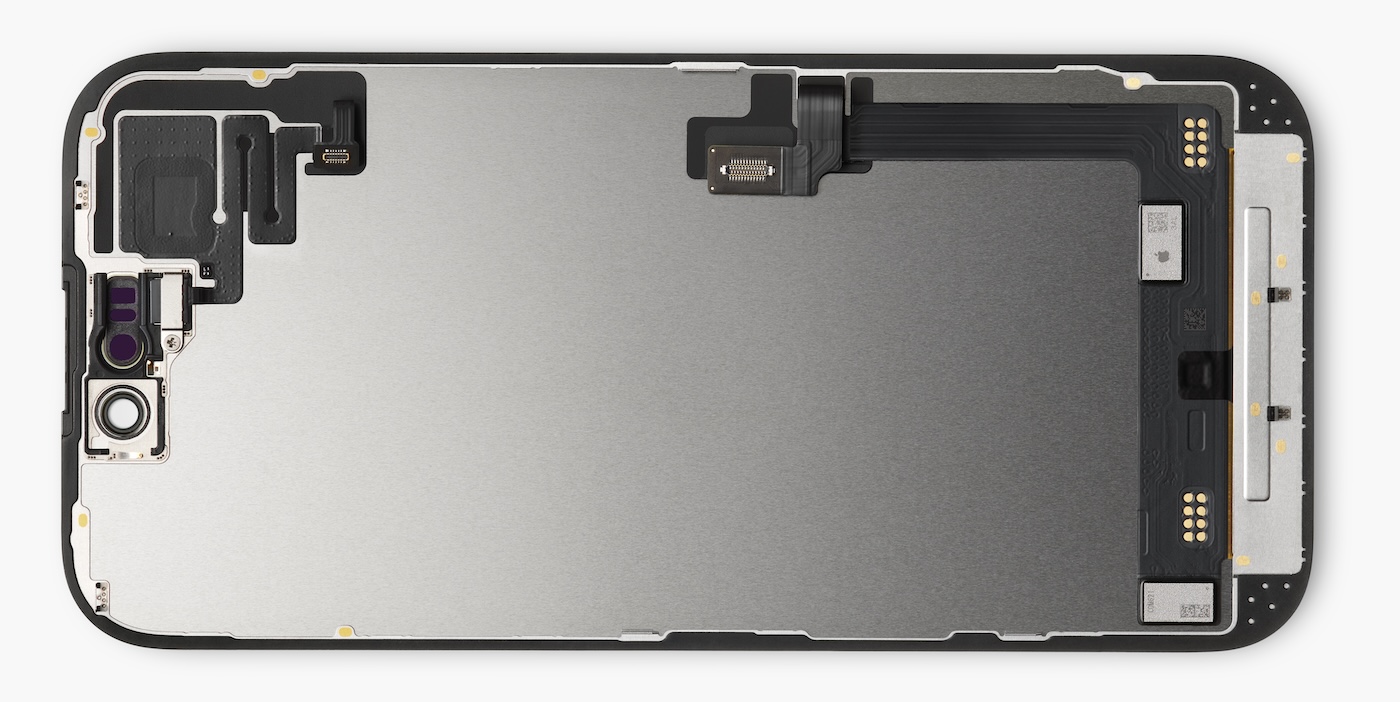
8. A longer-lasting iPhone
“The whole 16 lineup is designed with our focus on longevity for our products,” says Dinh, telling us that the latest line-up of iPhones are built with years and years of use in mind. So if you’re clumsy, you might not need to reach for a screen protector as quickly as you’d be encouraged to with earlier devices. “All the new models feature the next generation ceramic shield for the cover glass, and we also use our most advanced enclosure materials — the Pros are using grade five titanium, iPhone 16 is using the Apple custom-grade 7000 series aluminium.”
If a repair is needed though, changes to the design make it an easier device to tinker with, even if you need to make a DIY at home repair. And easier is also ultimately cheaper, too. But a particularly special hack has been saved for removing the battery.
“In terms of repairability, iPhone 16 has an entirely new process for removing the battery from the enclosure, and it's pretty cool. By just applying a voltage that you get from a nine volt household battery to this new adhesive, there is a special ionic liquid within that adhesive that acts to separate the adhesive and release the battery from the enclosure. And this new process is not only faster, but it's also safer.
“And then in the 16 Pro, that new internal design gives access to components through the back glass, which means fewer parts need to be moved or adjusted during the repair process. That new architecture means direct access to camera modules and easier reassembly and integration of those modules after repair. That includes other components like the True Depth front camera, the flash module and microphones also being accessed as well.”
It’s a useful process from a manufacturing standpoint, too. If Apple’s components experts on the production line can more easily access internal elements, it makes a reduction in manufacturing errors.
“With the changes to improve repairability, we're trying to make it easier to intelligently access components, which actually helps with manufacturing. If you think about it, anytime you're in the manufacturing process, if there's anything that you need to get back into access, it's kind of a win, win for manufacturing for that accessibility to be improved, as well as helping repairability to be improved.”
BONUS POINT: Apple Intelligence and the future of iPhone hardware
If the future of iPhone software is artificial intelligence, what’s the future of iPhone hardware? The two are intrinsically linked, and so it seems the two will symbiotically influence the direction of each other as the years progress. But as Dinh reaffirms, Apple’s collaborative teams put them in a better position to find the best balancing point between hardware and software needs as the AI arms race picks up speed.
“I think we're just at the beginning, as you know, in this new world of Apple Intelligence and LLMs [Large Language Models] and AI,” says Dinh.
“We have a really close partnership with our software team, our AIML team and our silicon team. So we're able to see what they're thinking about in the roadmap and some of the ideas they have, and that helps us invest in the right technologies and also the right design to maximise that performance. Again, it always circles back to that experience — how do we enrich customers' lives? How do we focus on what matters to them? And that's always going to be our North Star.”

Gerald Lynch is the Editor-in-Chief of Shortlist, keeping careful watch over the site's editorial output and social channels. He's happiest in the front row of a gig for a band you've never heard of, watching 35mm cinema re-runs of classic sci-fi flicks, or propping up a bar with an old fashioned in one hand and a Game Boy in the other.